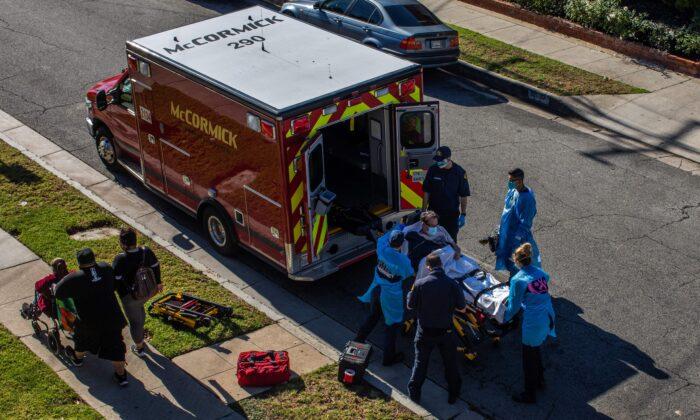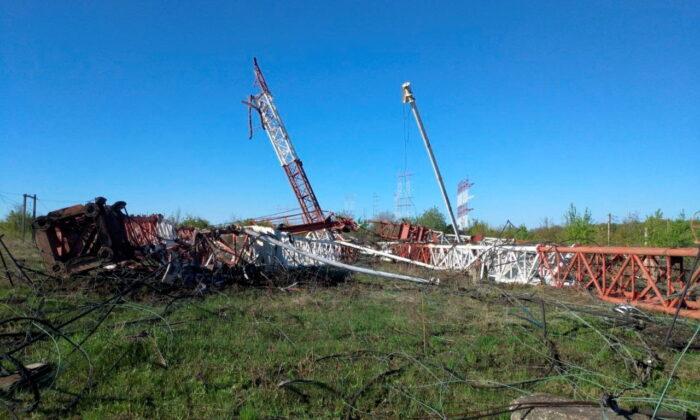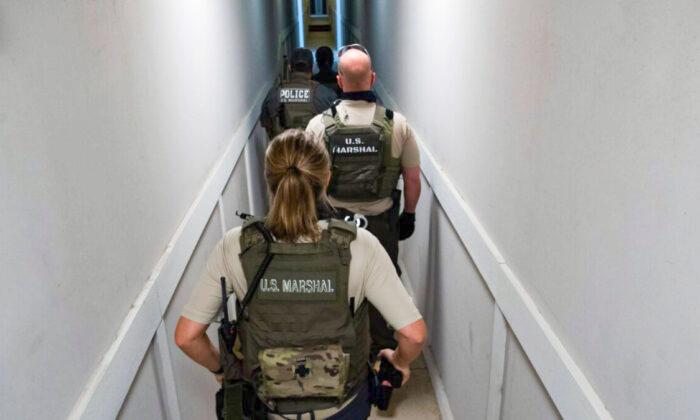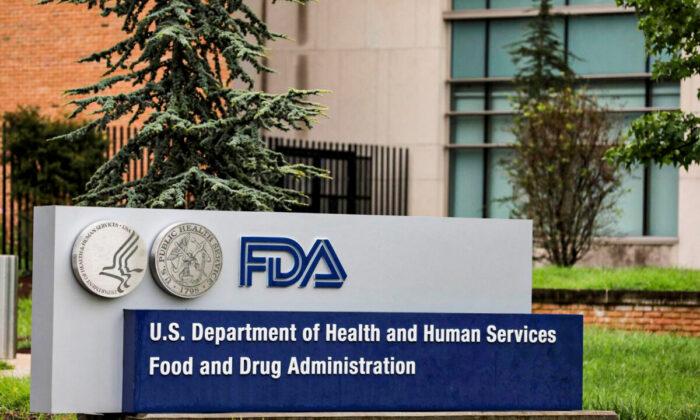Los Angeles ambulance crew members have been instructed not to transport patients with “little chance of survival” to local hospitals as ICUs near capacity across the county.
If patients show no signs of breathing or a pulse, ambulance crew members will perform resuscitation for at least 20 minutes. The patient may be transported to a county hospital if he or she stabilizes after the efforts of resuscitation. Patients declared dead at the scene will not be transported to hospital by paramedics.
Due to oxygen shortages in Los Angeles, effective Monday EMS has been instructed to only administer supplemental oxygen to patients with oxygen saturation below 90 percent. The memo states that a level of 90 percent is sufficient for the majority of patients to maintain normal bodily functions.
California Gov. Gavin Newsom meanwhile announced Friday that the state would collaborate with the U.S. Army Corps of Engineers to evaluate and upgrade outdated oxygen delivery systems at six hospitals in Los Angeles.

“We’re likely to experience the worst conditions in January that we’ve faced the entire pandemic, and that’s hard to imagine,” she said.
“This is likely to be the worst month of the pandemic,” the county added in a statement. “The surge from the holiday gatherings is here and cases will increase due to parties and travelers returning to LA County.”
Newsom said that California is working on providing support for home oxygen usage in a bid to ease pressure on local hospitals, allowing for “more availability and more capacity within our existing facilities.”
“We’re just looking at the panoply of oxygen support … across the spectrum and looking how we can utilize more flexibility and broader distribution of these oxygen units all up and down the state, but particularly in these areas—San Joaquin Valley and Los Angeles, the larger Southern California region—that are in particular need and are under particular stress,” Newsom said.





